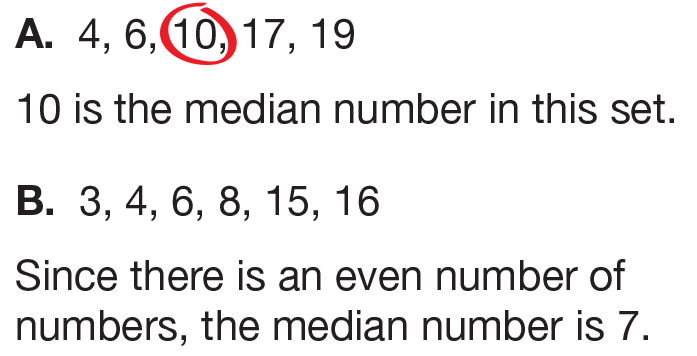The Adventure Book story, "Betty Builds a Better Racer" sets the context for a laboratory investigation in which students use nonstandard units to measure the length a toy car rolls. Students group and count by fives and tens while they collect, record, and analyze data, and are introduced to the concept of "fairness" by keeping certain experimental variables constant.
Content in this Lesson
- Representing and identify quantities using connecting links and
symbols [E1]. - Connecting representations of quantities using connecting links and
symbols [E2]. - Grouping and counting objects by fives and tens and counting on [E4].
- Comparing and ordering lengths using comparative language: shorter, longer, shortest, longest [E5].
- Solving addition problems involving length using tools (e.g., connecting links, tables, graphs) [E6].
- Measuring and estimating length using nonstandard units (e.g., connecting links) [E9].
- Using labels to identify units of measure [MPE6].
- Identifying and fixing variables while collecting data.
- Making a bar graph to find information about a data set [E10].
- Reading a table or bar graph to find information about a data set [E11].
- Making predictions and generalizations about a data set represented in a data table and bar graph.
Assessment in this Lesson
| Assessment | Expectation Assessed | Math Practices Expectation Assessed |
|---|---|---|
|
Rolling Along with Links Observe Data Collection Teacher Guide - digital |
|
|
|
Rolling Along with Links with Feedback Box Student Activity Book Pages 177–182 |
|
|
|
Brian's Class Student Activity Book Page 183 |
|
|
|
DPP Item G Nickels and Dimes Teacher Guide - digital |
|
|
|
DPP Item I Missing Numbers Teacher Guide - digital |
|
















